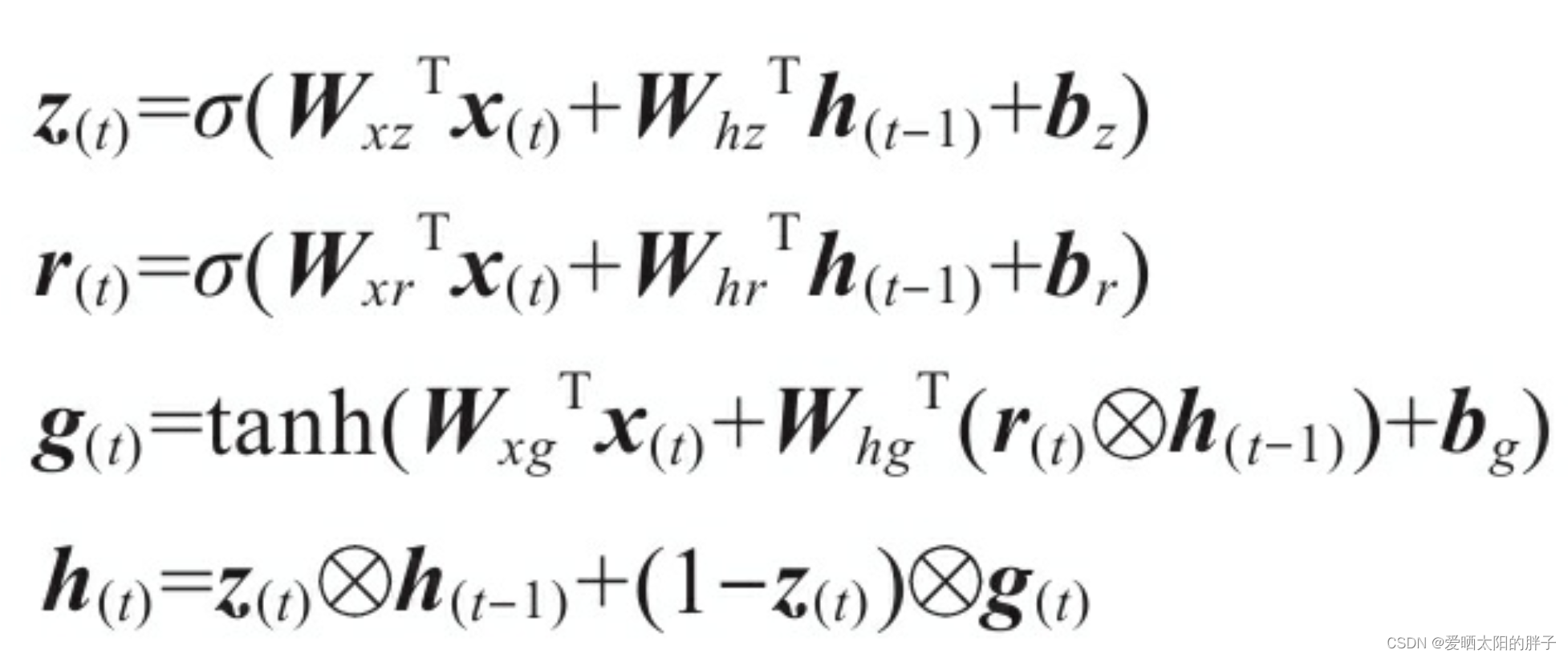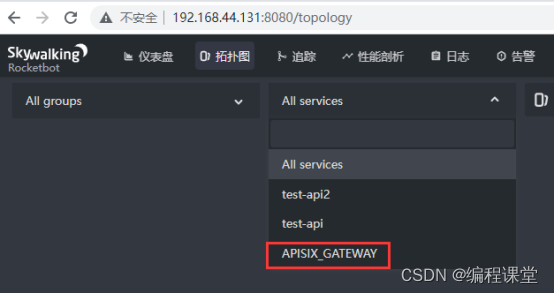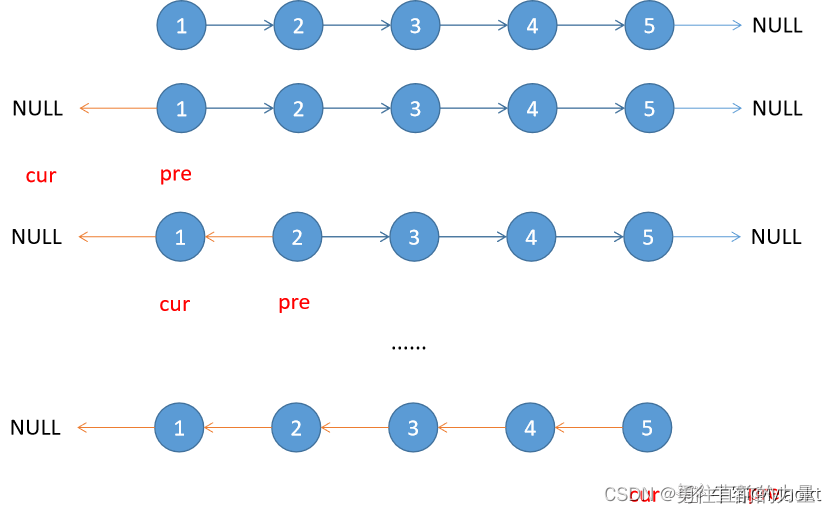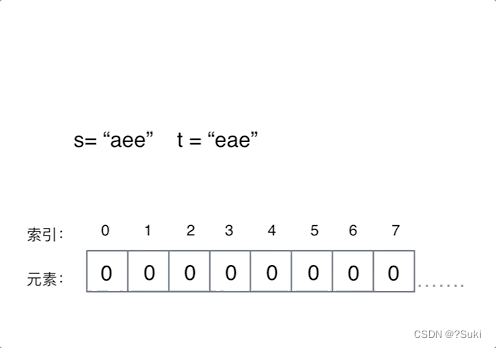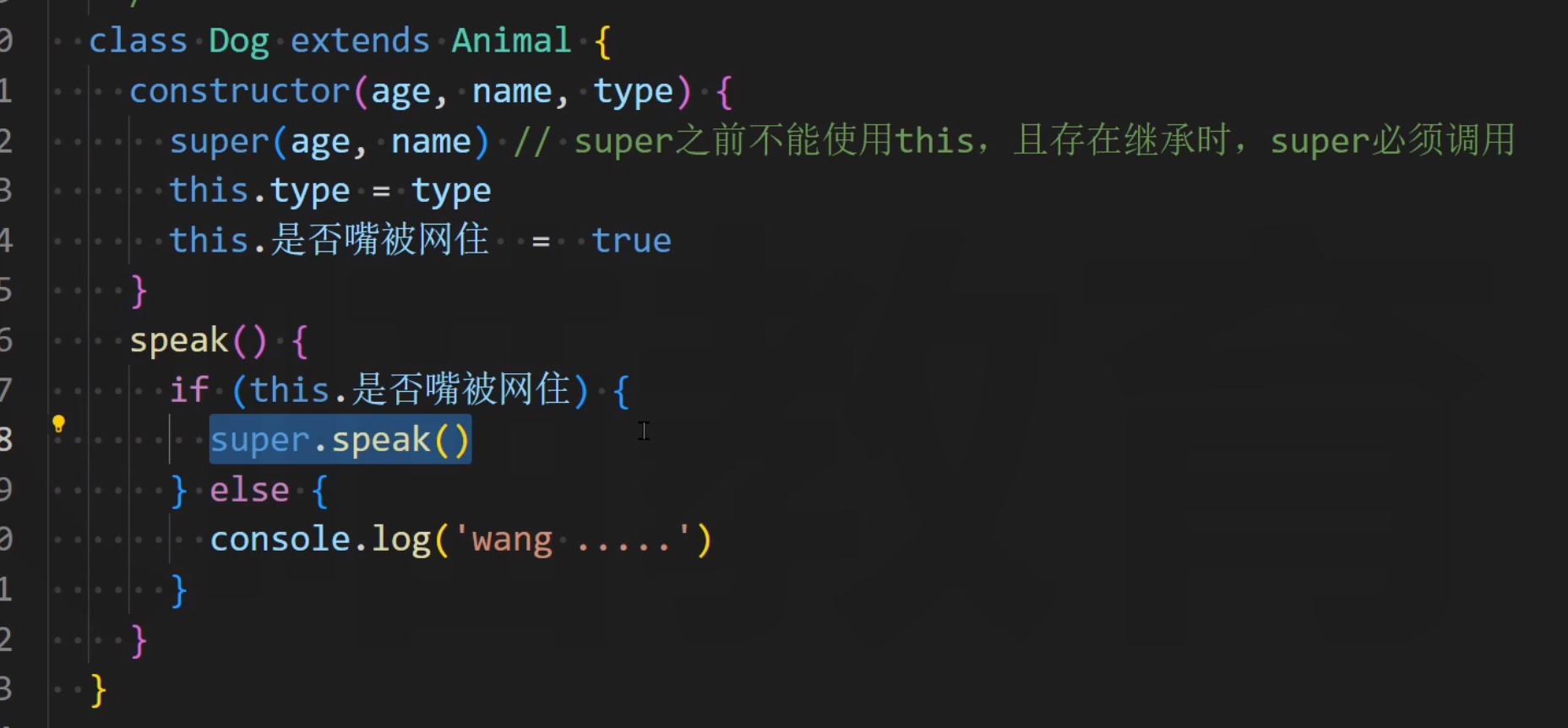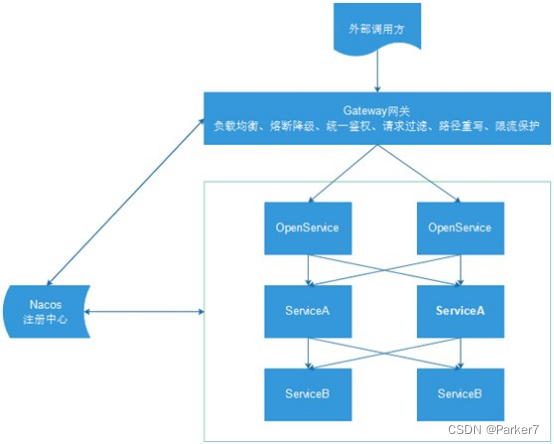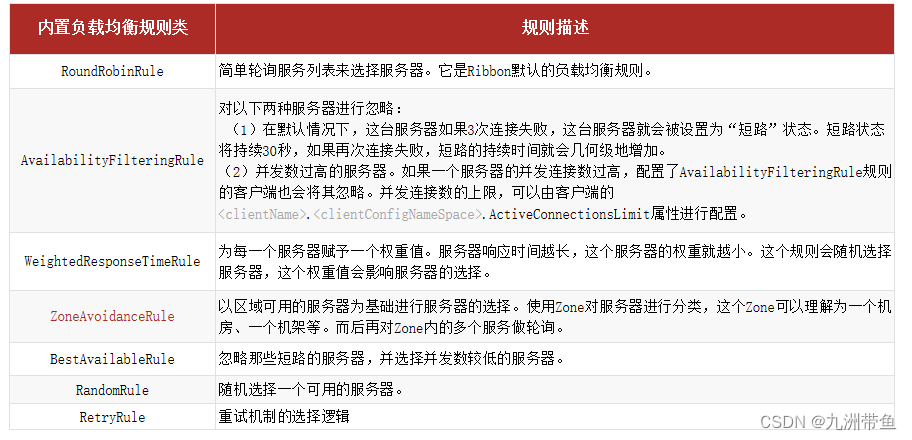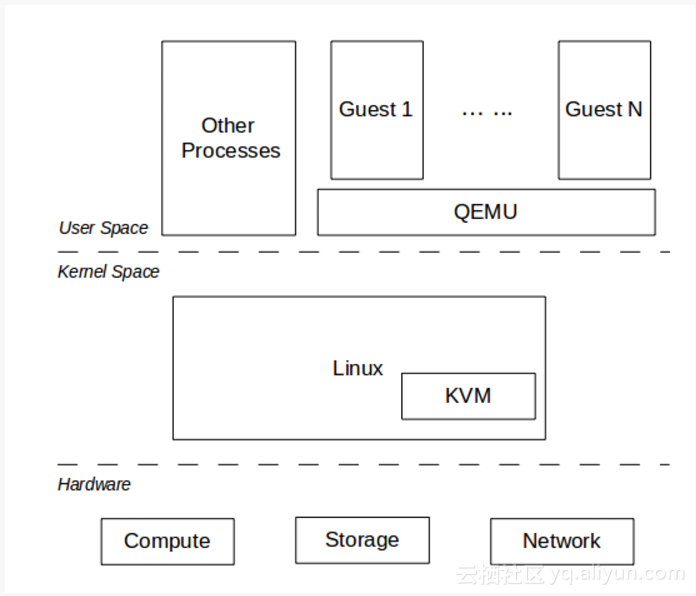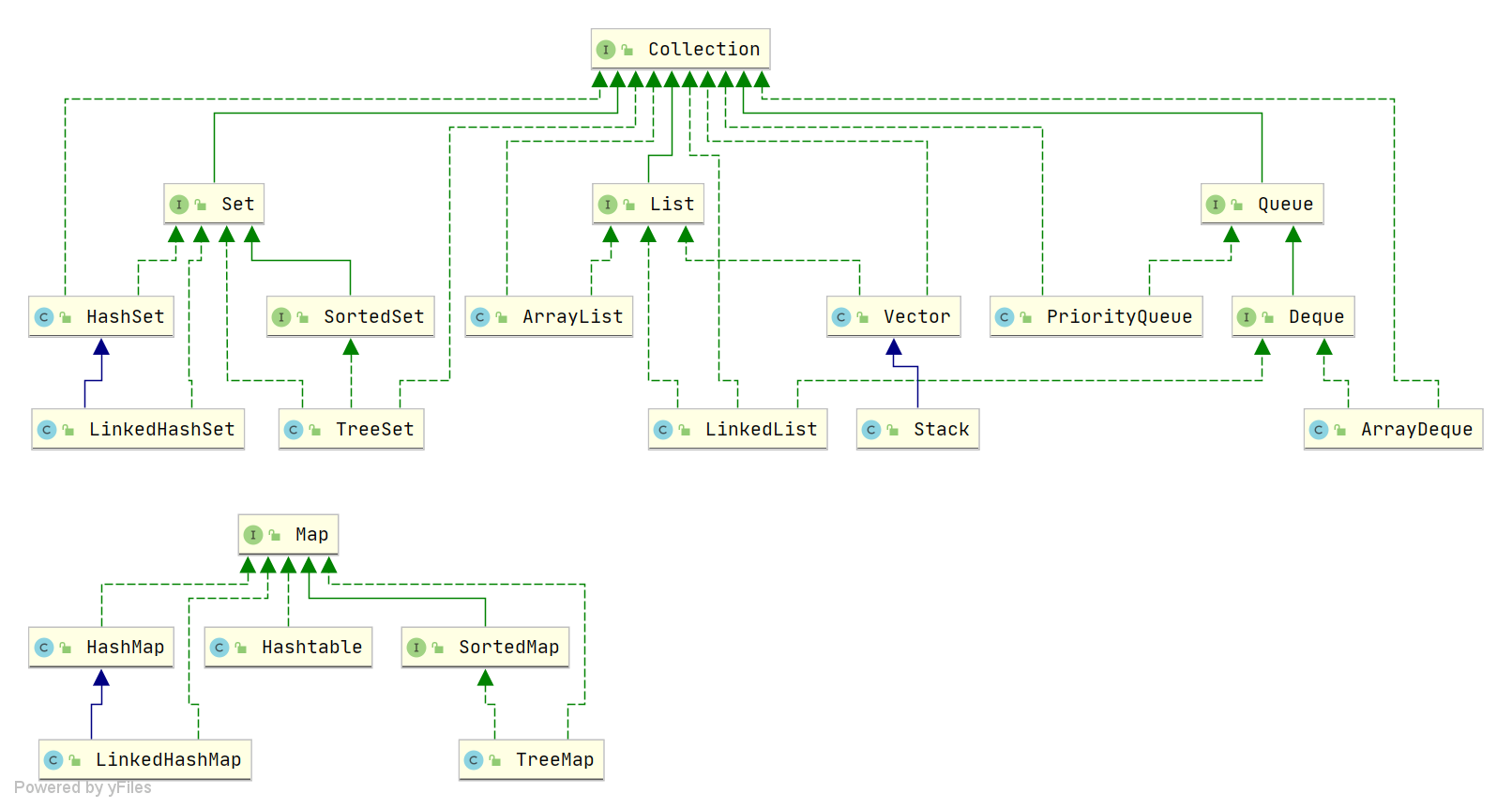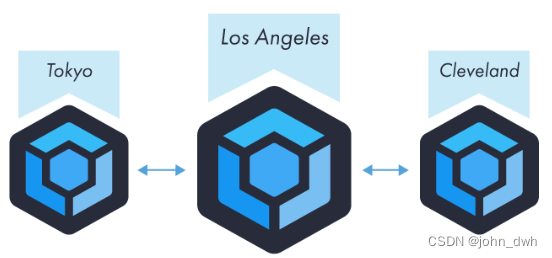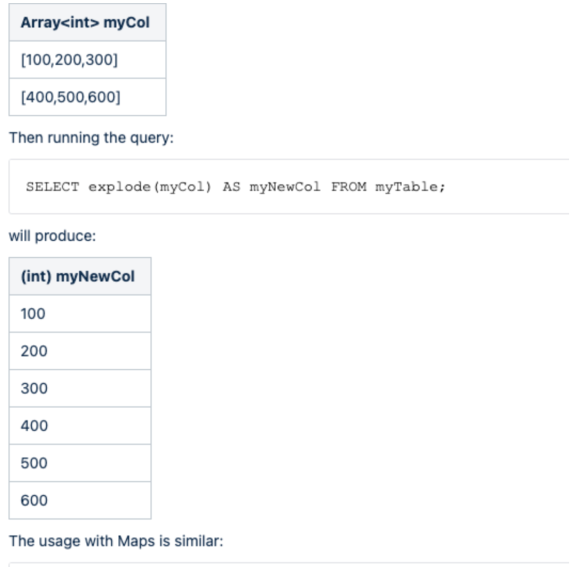每一个不曾起舞的日子都是对生命的辜负
stack&&queue
- 一 . priority_queue介绍
- 二. priority_queue的使用
- 三. 仿函数
- 3.1 仿函数的介绍
- 3.2 仿函数的好处
- 四.priority_queue模拟实现
- 五.仿函数之日期比较
一 . priority_queue介绍
priority_queue文档介绍
- 优先队列是一种容器适配器,根据严格的弱排序标准,它的第一个元素总是它所包含的元素中最大的。
- 此上下文类似于堆,在堆中可以随时插入元素,并且只能检索最大堆元素(优先队列中位于顶部的元素)
- 优先队列被实现为容器适配器,容器适配器即将特定容器类封装作为其底层容器类,queue提供一组特定的成员函数来访问其元素。元素从特定容器的“尾部”弹出,其称为优先队列的顶部。
- 底层容器可以是任何标准容器类模板,也可以是其他特定设计的容器类。容器应该可以通过随机访问迭代器访问,并支持以下操作:
- empty():检测容器是否为空
- size():返回容器中有效元素个数
- front():返回容器中第一个元素的引用
- push_back():在容器尾部插入元素
- pop_back():删除容器尾部元素
- 标准容器类vector和deque满足这些需求。默认情况下,如果没有为特定的priority_queue类实例化指定容器类,则使用vector。
- 需要支持随机访问迭代器,以便始终在内部保持堆结构。容器适配器通过在需要时自动调用算法函数make_heap、push_heap和pop_heap来自动完成此操作。
二. priority_queue的使用
优先级队列默认使用vector作为其底层存储数据的容器,在vector上又使用了堆算法将vector中元素构造成堆的结构,因此priority_queue就是堆,所有需要用到堆的位置,都可以考虑使用priority_queue。
【注意】
-
默认情况下,priority_queue是大堆。
#include <vector> #include <queue>//priority_queue默认也用这个头文件 #include <functional> // greater算法的头文件 void TestPriorityQueue() { // 默认情况下,创建的是大堆,其底层按照小于号比较 vector<int> v{3,2,7,6,0,4,1,9,8,5}; priority_queue<int> q1; for (auto& e : v) q1.push(e); cout << q1.top() << endl; // 如果要创建小堆,将第三个模板参数换成greater比较方式 priority_queue<int, vector<int>, greater<int>> q2(v.begin(), v.end()); cout << q2.top() << endl; }
-
如果在priority_queue中放自定义类型的数据,用户需要在自定义类型中提供> 或者< 的重载。
三. 仿函数
3.1 仿函数的介绍
对于上面的创建成小堆的格式,发现有一个:
greater<int>参数,priority_queue中自带的缺省参数为less,即升序大堆,因此想要建大堆就不需要进行换参数的操作,直接priority_queue<int>就是大堆,上面的结果就是这样,想要换成小堆就得这样:priority_queue<int, vector<int>, greater<int>>通过利用仿函数可以将比较的顺序进行颠倒,通过改变内置的比较符号从而灵活的改变按照大小的排序。
仿函数又叫函数对象,仿函数就是一个类,仿函数的函数对象就是类对象,成员是什么无所谓,下面先看一个简单的例子:
namespace cfy
{
template<class T>
class less
{
public://operator()就是一个运算符重载
bool operator()(const T& x, const T& y) const
{
return x < y;
}
};
template<class T>
class greater
{
public:
bool operator()(const T& x, const T& y) const
{
return x > y;
}
};
}
int main()
{
cfy::less<int> lessFunc;
lessFunc(1, 2);
//lessFunc.operator()(1, 2);//实际上是这样的展开过程
return 0;
}
即在之前的印象中,通过调用lessFunc,就可以把lessFunc看成一个函数名,但在这里lessFunc是一个函数对象,仿函数的对象,这个对象可以像函数一样去使用,但实际上这个对象不是直接像往常的函数一样直接调用。而是调用了运算符重载,即实际上就是这样:lessFunc.operator()(1, 2);但不会这样去写,因为运算符重载就是为了可读性。但这样有什么好处呢?感觉除了封装也没什么。
3.2 仿函数的好处
C语言是如何解决升序降序的问题呢?比如qsort就是利用了函数指针,传入大于就是大于比较,传入小于就是小于比较。那C++兼容C,为什么不用函数指针呢?
侯捷老师总结:
STL所提供的各种算法,往往有两个版本,其中一个版本表现出最常用(或最直观的)的某种运算,第二个版本则表现出最泛化的演算流程,允许用户"以template参数来指定所要采行的策略",拿accumulate来说,他的一般行为是将指定范围内的所有元素相加,第二版本则允许你指定某种“操作”,取代第一版本中的“相加”行为。要将某种“操作”当做算法的参数,唯一办法就是先将该“操作”(可能拥有数条以上的指令)设计为一个函数,在将函数当做算法的一个参数;或是将该“操作”设计为一个所谓的仿函数(就语言层面而言是个class),再以该仿函数产生一个对象,并以此对象作为算法的一个参数。
而为什么函数指针可以达到“将数组操作当做算法的参数”,那又何必有所谓的仿函数呢?原因在于函数指针毕竟不能满足STL对抽象性的要求,也不能满足软件积木的要求---->函数指针无法和STL其他组件搭配,产生更灵活的变化。
那么以冒泡排序为例,我们看一下通过仿函数改变升序降序的方式:
#include<iostream>
using namespace std;
namespace cfy
{
template<class T>
class less
{
public://operator()就是一个运算符重载
bool operator()(const T& x, const T& y) const
{
return x < y;
}
};
template<class T>
class greater
{
public:
bool operator()(const T& x, const T& y) const
{
return x > y;
}
};
}
template<class T, class Compare>
void BubbleSort(T* a, int n, const Compare& com)//解决升序降序的问题,函数指针可以,但是C++觉得不好用,就用仿函数
{
for (int j = 0; j < n; j++)
{
int exchange = 0;
for (int i = 1; i < n - j; i++)
{
//if (a[i] < a[i-1])
if (com(a[i - 1], a[i]))
{
swap(a[i - 1], a[i]);
exchange = 1;
}
}
if (exchange == 0)
{
break;
}
}
}
int main()
{
cfy::less<int> lessFunc;
//lessFunc(1, 2);
int a[] = { 2,3,4,5,6,2,1,7 };
BubbleSort(a, sizeof(a) / sizeof(int), lessFunc);
for (int i = 0; i < sizeof(a) / sizeof(int); i++)
{
cout << a[i] << " ";
}
cout << endl;
cfy::greater<int> greaterFunc;
BubbleSort(a, sizeof(a) / sizeof(int), greaterFunc);
for (int i = 0; i < sizeof(a) / sizeof(int); i++)
{
cout << a[i] << " ";
}
return 0;
}

四.priority_queue模拟实现
既然已经知道优先级队列中的仿函数的相关知识,就可以模拟实现一个priority_queue了,与上次的stack/queue的模拟实现类似,底层也是适配器实现,没有用到迭代器。
PriorityQueue.h
#pragma once
namespace cfy
{
template<class T>
class less
{
public:
bool operator()(const T& x, const T& y) const
{
return x < y;
}
};
template<class T>
class greater
{
public:
bool operator()(const T& x, const T& y) const
{
return x > y;
}
};
//大堆
template<class T, class Container = vector<T>, class Compare = less<T>>
class priority_queue
{
public:
priority_queue()
{}
template<class InputIterator>
priority_queue(InputIterator first, InputIterator last)
:_con(first, last)
{
//建堆:大堆
for (int i = (_con.size() - 1 - 1) / 2; i >= 0; i--)
{
adjust_down(i);
}
}
void adjust_up(size_t child)
{
Compare com;
size_t parent = (child - 1) / 2;
while (child > 0)
{
//if (_con[parent] < _con[child])
if (com(_con[parent], _con[child]))
{
swap(_con[child], _con[parent]);
child = parent;
parent = (child - 1) / 2;
}
else
{
break;
}
}
}
void adjust_down(size_t parent)
{
Compare com;
size_t child = parent * 2 + 1;
while (child < _con.size())
{
//if (child + 1 < _con.size() && _con[child] < _con[child+1])
if (child + 1 < _con.size() && com(_con[child], _con[child + 1]))
{
child++;
}
//if (_con[parent] < _con[child])
if (com(_con[parent], _con[child]))
{
swap(_con[child], _con[parent]);
parent = child;
child = parent * 2 + 1;
}
else
{
break;
}
}
}
void push(const T& x)
{
_con.push_back(x);
adjust_up(_con.size() - 1);
}
void pop()
{
swap(_con[0], _con[_con.size() - 1]);
_con.pop_back();
adjust_down(0);
}
const T& top() const
{
return _con[0];
}
bool empty() const
{
return _con.empty();
}
size_t size() const
{
return _con.size();
}
private:
Container _con;
};
}
test.cpp
#include<iostream>
#include<vector>
using namespace std;
#include"PriorityQueue.h"
int main()
{
cfy::priority_queue<int> pq1;
int a[] = { 2,3,4,5,6,2,1,7 };
for (int i = 0; i < 8; i++)
{
pq1.push(a[i]);
}
cout << "大堆:";
while (!pq1.empty())
{
cout << pq1.top() << " ";
pq1.pop();
}
cout << endl;
cfy::priority_queue<int, vector<int>, greater<int>> pq2;//小堆的方式,greater用不用cfy::限定符都行
for (int i = 0; i < 8; i++)
{
pq2.push(a[i]);
}
cout << "小堆:";
while (!pq2.empty())
{
cout << pq2.top() << " ";
pq2.pop();
}
cout << endl;
return 0;
}

五.仿函数之日期比较
之前说过,仿函数相当于一个灵活的比较的函数类,对于之前的日期类,当然可以通过仿函数进行比较:
#include<iostream>
#include<vector>
#include<queue>
using namespace std;
class Date
{
public:
Date(int year = 1900, int month = 1, int day = 1)
: _year(year)
, _month(month)
, _day(day)
{}
bool operator<(const Date& d)const
{
return (_year < d._year) ||
(_year == d._year && _month < d._month) ||
(_year == d._year && _month == d._month && _day < d._day);
}
bool operator>(const Date& d)const
{
return (_year > d._year) ||
(_year == d._year && _month > d._month) ||
(_year == d._year && _month == d._month && _day > d._day);
}
friend ostream& operator<<(ostream& _cout, const Date& d)
{
_cout << d._year << "-" << d._month << "-" << d._day;
return _cout;
}
private:i
int _year;
int _month;
int _day;
};
void TestPriorityQueue()
{
// 大堆,需要用户在自定义类型中提供<的重载
priority_queue<Date> q1;
q1.push(Date(2018, 10, 29));
q1.push(Date(2018, 10, 28));
q1.push(Date(2018, 10, 30));
cout << q1.top() << endl;
// 如果要创建小堆,需要用户提供>的重载
priority_queue<Date, vector<Date>, greater<Date>> q2;
q2.push(Date(2018, 10, 29));
q2.push(Date(2018, 10, 28));
q2.push(Date(2018, 10, 30));
cout << q2.top() << endl;
}
int main()
{
TestPriorityQueue();
return 0;
}

如果是Date*,就需要增加一个比较的仿函数:及地址解引用的仿函数。
#include<iostream>
#include<vector>
#include<queue>
using namespace std;
class Date
{
public:
Date(int year = 1900, int month = 1, int day = 1)
: _year(year)
, _month(month)
, _day(day)
{}
bool operator<(const Date& d)const
{
return (_year < d._year) ||
(_year == d._year && _month < d._month) ||
(_year == d._year && _month == d._month && _day < d._day);
}
bool operator>(const Date& d)const
{
return (_year > d._year) ||
(_year == d._year && _month > d._month) ||
(_year == d._year && _month == d._month && _day > d._day);
}
friend ostream& operator<<(ostream& _cout, const Date& d)
{
_cout << d._year << "-" << d._month << "-" << d._day;
return _cout;
}
private:
int _year;
int _month;
int _day;
};
struct PDateLess//地址的仿函数
{
bool operator()(const Date* d1, const Date* d2)
{
return *d1 < *d2;
}
};
struct PDateGreater
{
bool operator()(const Date* d1, const Date* d2)
{
return *d1 > *d2;
}
};
void TestPriorityQueue()
{
// 大堆,需要用户在自定义类型中提供<的重载
priority_queue<Date> q1;
q1.push(Date(2018, 10, 29));
q1.push(Date(2018, 10, 28));
q1.push(Date(2018, 10, 30));
cout << q1.top() << endl;
// 如果要创建小堆,需要用户提供>的重载
priority_queue<Date, vector<Date>, greater<Date>> q2;
q2.push(Date(2018, 10, 29));
q2.push(Date(2018, 10, 28));
q2.push(Date(2018, 10, 30));
cout << q2.top() << endl;
//变成指针 :避免通过地址比较,需要自己写一个仿函数
//大堆
priority_queue<Date*, vector<Date*>, PDateLess> q3;
q3.push(new Date(2018, 10, 29));
q3.push(new Date(2018, 10, 28));
q3.push(new Date(2018, 10, 30));
cout << *q3.top() << endl;
//小堆
priority_queue<Date*, vector<Date*>, PDateGreater> q4;
q4.push(new Date(2018, 10, 29));
q4.push(new Date(2018, 10, 28));
q4.push(new Date(2018, 10, 30));
cout << *q4.top() << endl;
}
int main()//仿函数高级用法:日期类举例
{
TestPriorityQueue();
}


